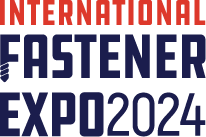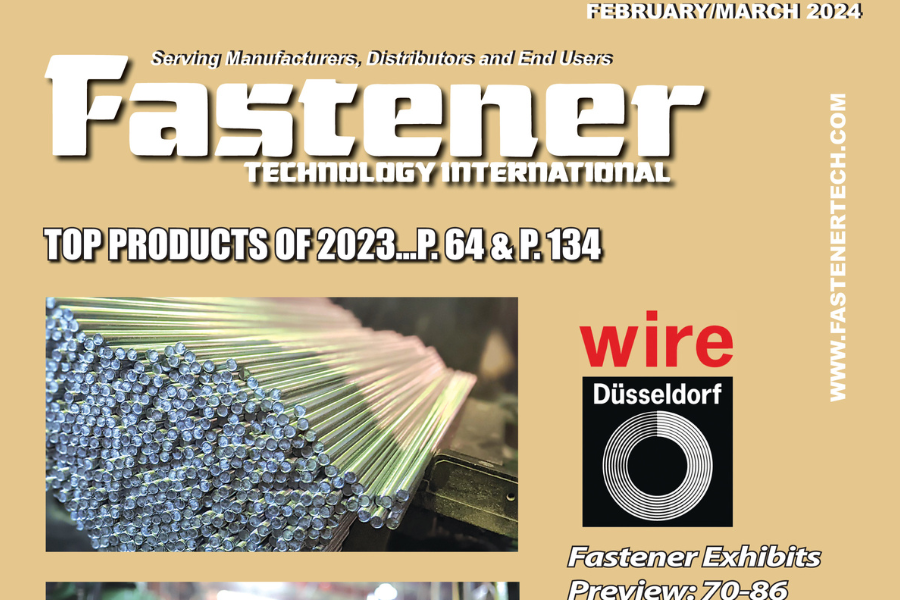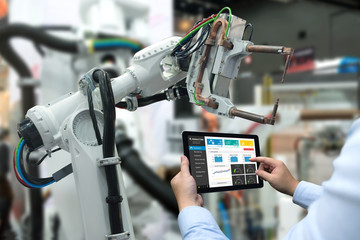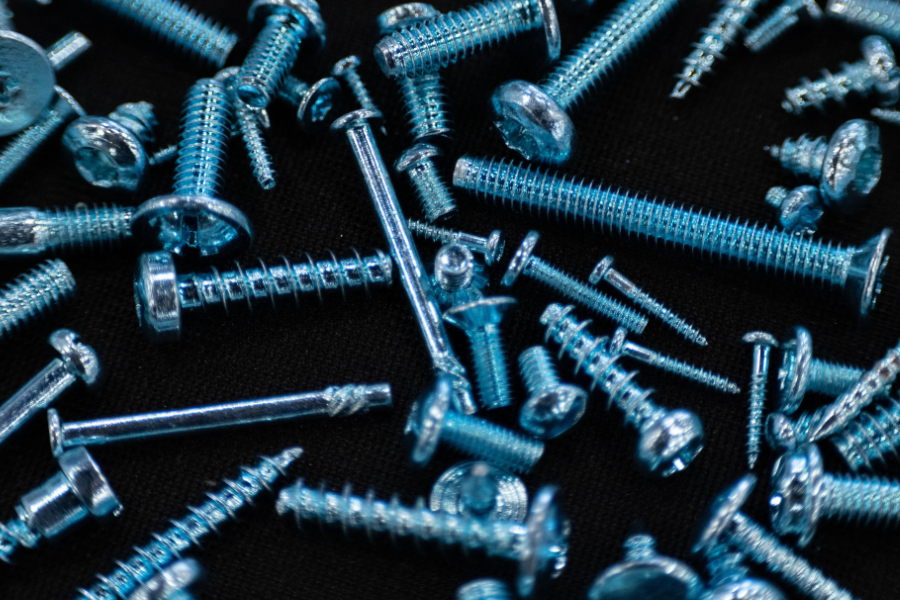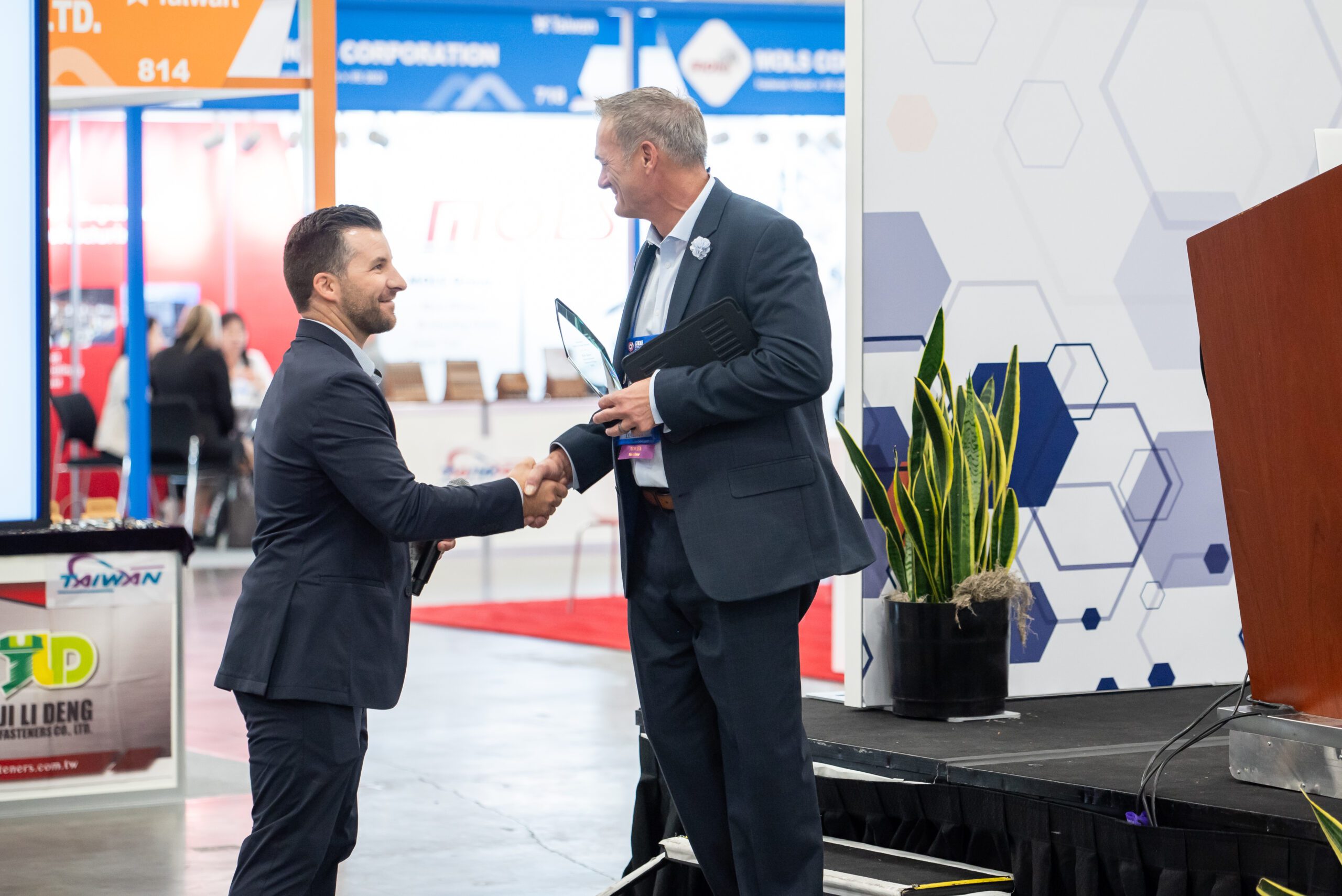Rivets and other permanent mechanical fasteners like bolts, screws and studs are the components that keep our world together, literally. Almost every piece of equipment and even electronic devices depend on these joints to function properly. Evolving with the world’s manufacturing capabilities, rivets and permanent mechanical fasteners now have a home in almost every device or larger assembly.
Even in new products, joint efficiency is a major design element for product engineers. Mechanical fasteners support multiple applications in the manufacturing industry, as they remain one of the most cost-effective solutions. Today, we find different types of rivets and fasteners in a variety of products, including automotive, aerospace, consumer electronics and aviation industries.
A Brief History of Rivets and Permanent Mechanical Fasteners
Historians will tell you that the industrial revolution was an era of constant innovation. Permanent mechanical fasteners were a major contributor to expanding the capabilities of manufacturers in a wide variety of industrial processes. From building skyscrapers to assembling cars, creating permanent mechanical joints was one of the primary technologies driving new construction and manufacturing efficiencies.
In 1836, Antoine Durenne designed the first mechanical machine to create rivets. Previously, teams had to forge these components by hand, usually at the place where the mechanical fastener was required. Riveting the steel structures that supported the first skyscrapers in New York City required teams of four workers, each with a specific role. Rivets needed to be prepared onsite and installed as soon as possible to maintain the necessary structural integrity.
Today, we use different mechanical fastening techniques that improve joint efficiency and streamlines the manufacturing process.
How Modern Rivets Work and Their Applications
Today’s rivets come in many different shapes and sizes, usually engineered for a specific application or joint type. In jewelry, tiny rivets with decorative heads (and finishes) – or fancy wire rivets – enable artisans to create elaborate motifs on the finished end of their products. These could include nail-head rivets, compression rivets, or semi-tubular rivet designs.
Rivets enabled the construction of structures like the Empire State Building, mega-ships like the Titanic, and monuments like the Statue of Liberty. Modern riveting systems enable the assembly of devices and products with efficient installation and improved structural integrity.
Modern riveting systems
Modern rivets use a variety of materials and designs to provide high-performance joints for any number of assemblies. Although designers can use standard rivets in their manufacturing and assembly instructions, custom systems and fasteners are frequently required for special equipment assemblies.
For product assemblies, you can opt to use:
- Multi-grip capabilities to reduce time, inventory, and cost
- Hole fill systems designed for irregular, slotted, or misaligned joints
- Retained or locked stems for vibration-resistant fasteners ideal for electrical devices
- Load bearing systems used in structural assemblies with high shear and tensile strength
Cold forming processes (like the systems used by Breakstem) help add new efficiencies and capabilities that manufacturers can use to support applications. Product designers have access to an extensive range of solutions in varying strengths, form types, and blinds for almost any type of mechanical assembly.
Types of rivets in use today
Mechanical fasteners that consist of smooth, cylindrical shafts and heads are still one of the best assembly methods available today. While each type has its benefits, product designers need to consider the ease of use when determining which rivet type will suit their assembly’s needs.
Some of the main rivet types include:
- Semi and full tubular – Contains a hole at the opposite side of the head, requiring less force during application and assembly
- Split rivet types – Enables manufacturers to pierce soft materials, ideal for wood, leather, and plastic assemblies
- Solid rivets – An old design that provides additional strength and a tamper-proof finish
- Blind rivets – Also called pop rivets, blind rivets are ideal for joints requiring a mechanical fastener on only one side of the assembly
- Threaded inserts – Provides a uniquely strong joint using a thread that passes through specific sheet materials
- Drive and custom rivets – Drive rivets are a type of blind rivet that uses a hammer to flare the body and create a permanent mechanical joint
Other types of mechanical fasteners
Other types of mechanical fasteners enable assembling (or disassembling) products depending on the designer’s requirements. Different types of designs provide you with a variety of tensile strengths, fitting mechanisms, and threads to support your assemblies.
Bolts
Bolts consist of a thread, nut, a runout section, shank and a head. The shank determines the grip width of the joint, making the selection of the correct bolt type a vital consideration during your design. The nut provides the axial clamping force, and the plain, non-threaded shank helps maintain the assembly’s integrity against shear forces.
Screws
One of the oldest mechanical fastening technologies (dating back to the 2nd century BC), screws usually have a head on one side and use a thread to secure an assembly. The hole may have its own thread to secure the joint or cut its own grooves into the assembly.
Nuts
Internally cut threads in flat steel pieces (usually in a hexagonal design) are used in conjunction with bolts to complete a mechanical joint. Both the nut and the head of the bolt will have similar designs. While you can get common household nuts and bolts, today’s systems support specialized industries in process facilities.
Washers
Washers are thin plates (usually disk-shaped) with a hole at the center that helps to distribute loads on a mechanical fastener. To maintain tension during pre-load conditions and prevent indentation, hardened steel washers combined with bolted joints provide additional strength to a variety of assembly applications.
Studs
Externally threaded and headless fasteners provide engineers with an assembly solution, sometimes containing a non-threaded section in between. A full-stud rod may have a complete thread without any non-threaded section provided. Studs support piping and process systems where chamfered nuts may help increase the efficiency of the joint between two flanged sections of the pipeline.
Discover the Latest Permanent Mechanical Fastener Technologies at the International Fastener Expo
This year, everything you need to know about rivets and permanent mechanical fastener technologies is available at the International Fastener Expo. Running from the 21st to 23rd of September, you can learn more about the latest trends in fastener systems, current applications, and new possibilities in modern manufacturing solutions.
Attend IFE 2021 to learn more about the latest rivet and permanent mechanical fastener technologies.
